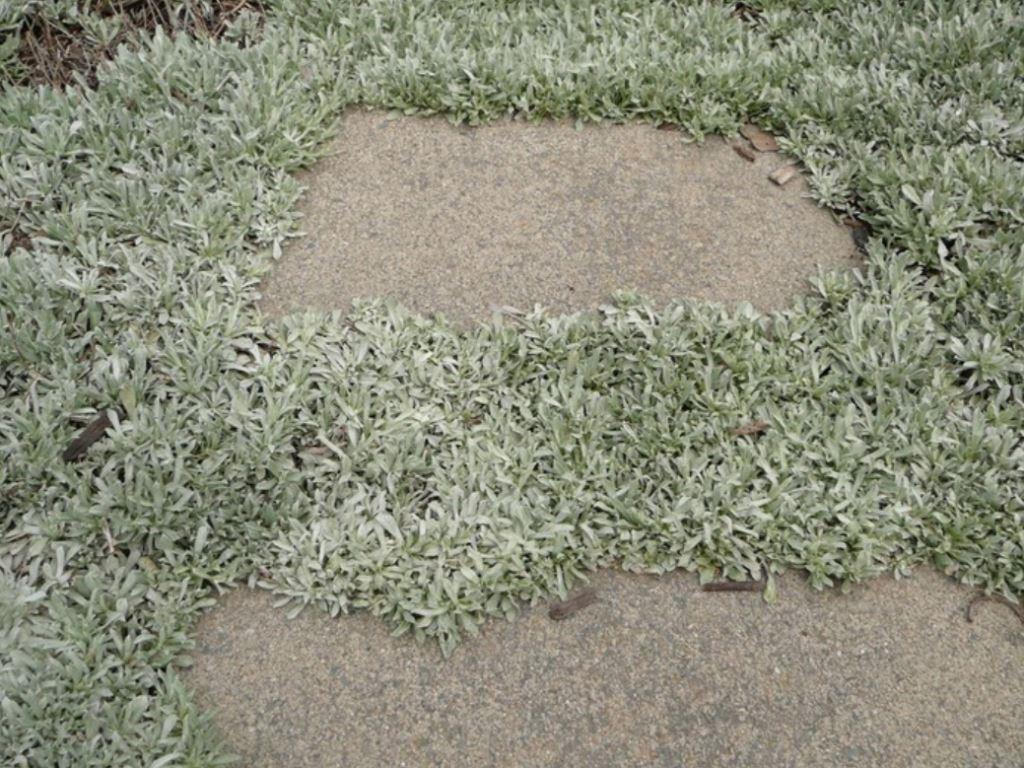Excerpted from the Gardening with Nature column written by Sigrie Kendrick
As discussed in my earlier column, I am torn discussing gardening topics in the face of this unprecedented pandemic, yet gardening is, by its very nature, a ‘socially distancing’ hobby that we can all enjoy during this challenging time.
One of the many regular spring chores necessary for a healthy garden is the application of a layer of mulch.
Mulch is instrumental in maintaining a healthy garden as it acts as a weed-suppressant, moderates soil temperature, and conserves moisture. Mulch also encourages worms, insects, bacteria and fungi, all necessary for healthy soil.
Often mulch comes in the form of GlenGrow, OgoGrow, compost, or one of those big yellow bags of mulch you may have noticed around town. Although appreciative of those products I would like to suggest using a ‘living mulch’ which acts in much the same way but also allows the gardener to enjoy more plants—and who wouldn’t appreciate that? Any dense ground cover can be useful as a ‘living mulch’.

Pussytoes makes an excellent frame for stepping stones (Gwen Steele)

Dwarf fleeceflower makes a very interesting and hardy “living mulch” (Mark Godlewski)

Woolly Thyme spreading out in the UnH2O xeriscape garden (Judie Steeves)
If you have a shady area, consider using Lamium maculatum (Deadnettle) , Galium odoratum (Sweet woodruff), or Ajuga reptans (Bugleweed).


Once established, living mulches will provide a maintenance-saving ground cover for years without needing to be ‘topped up’ every spring, like the ‘dead’ mulches do. Any of the above xeriscape choices will allow you to conserve our most precious resource, water.
The Okanagan Xeriscape Association website features an extensive Plant Database referencing gorgeous perennial and annual plantings which will allow you to have a beautiful garden while still conserving the water necessary for drinking and for our livestock and food production. If you appreciate our database, please contribute to our charitable organization through becoming a member or make a direct donation in support of the Xeriscape Demonstration Garden in front of the H2O Centre on Gordon Drive in Kelowna.


Our complex had Sig give a talk on water conservation and xeriscape gardening. She did an excellent job and has our community excited about changing the ways we are doing things. We were very fortunate to have her speak to our group.
Thank you